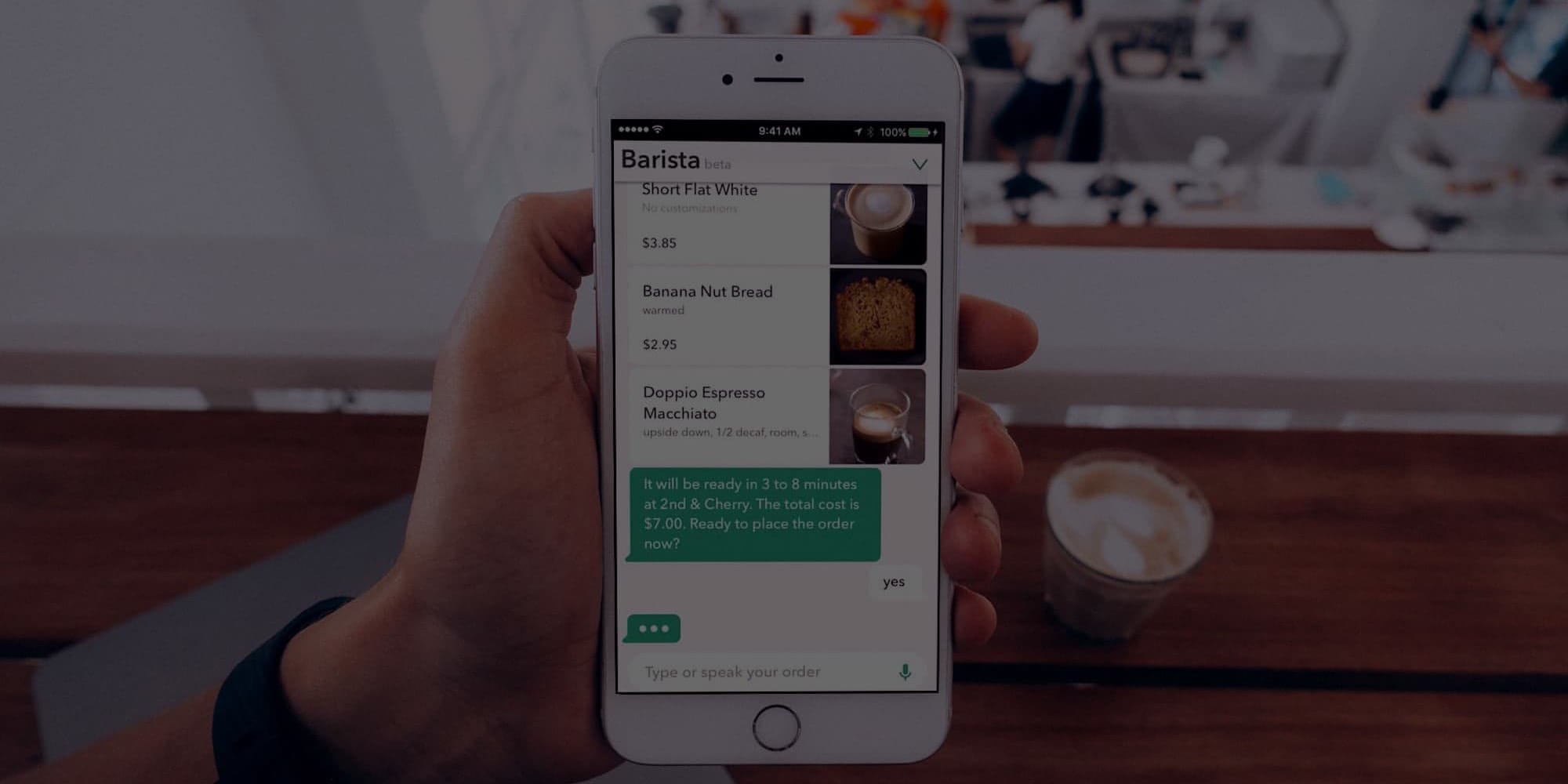
Smart assistants such as Alexa, Siri and Google Assistant have evolved dramatically in recent years. Thanks to advanced technologies such as artificial intelligence (AI) and machine learning, they are becoming increasingly powerful. Today, they can not only execute simple commands, but also act predictively based on user behavior and adapt to the context.
How smart assistants work
But how do these smart assistants actually work?
The devices are designed in such a way that they can understand spoken language and process it internally. The spoken language is then converted into digital data that can be used to search for information on the Internet. The data found is then output again by voice as a meaningful response. The process that enables natural language to be converted into a computer-readable format is called Natural Language Processing (NLP). In order to analyze natural language, several steps must be carried out. The language has to be understood first. This requires a microphone and a storage medium. The recorded language is then broken down into its individual components, allowing the individual words to be determined grammatically. Finally, an extraction of the individual word and sentence meanings is obtained, which are then assessed for contrast relationships and sentence contexts.
With the latest advances in artificial intelligence, NLP goes beyond mere language conversion. Deep learning algorithms allow assistants to understand language contextually, leading to more accurate responses. Generative AI, as in chatbots, allows systems to not only provide answers from fixed databases, but also generate new, contextual content based on the course of the conversation.
Learn
more
We are more than just experts – our dedicated team of designers, developers and marketing specialists work hand in hand to take your digital presence to the next level.
Ready for the next step?
Contact us and find out more about our services.
And what are Smart Assistant compatible devices?
These are devices that are connected in a network and can be controlled independently of each other or with forwarded voice commands from an intelligent external assistant, such as Alexa. The evolution of smart assistants is unstoppable. Their rise transforms our interactions and processes. In future, they will be even more deeply integrated into our everyday lives.

Intelligent interfaces and integration
What does this change mean for agencies that create and design websites?
To properly prepare a website for voice search, the source code must first be clearly structured and the site must be optimized for mobile devices. Language should also be part of the SEO strategy. What does that mean in concrete terms?
An important aspect is “featured snippets”. Google has been using these highlighted search results for search queries for some time. Features snippets are placed as a direct response in front of the other organic search results – the so-called “Position 0”. In addition to the classic text snippets, there are also video and table snippets. For example, users of smart assistants usually receive the featured snippet in response to spoken queries.
It is also more important than ever to feed Google with structured data. As many voice searches relate to local inquiries, location data such as address, telephone number, office hours, etc. should be available on the website in a structured form and included in the meta description. It is also important to be listed in the relevant online business directories and subject directories.
Last but not least, the speed of the website must be right. Website speed is now one of the most important ranking factors for Google. According to the motto “Make the Web Faster”, Google also offers information and tools for loading time optimization.
Just a few years ago, it was not considered a foregone conclusion that voice assistants would do so well on the market. Experts expect the number of smart assistant-compatible devices worldwide to grow to 1.6 billion by the end of 2025. It is clear that these new technologies are becoming increasingly important not only for end customers, but also for our customers. There are already more and more fields of application for increasing the level of service in customer communication: This has included voice selection menus for service hotlines for several years now. Increasingly, companies are also recognizing great potential in so-called voicebots. The city of Vienna advertises with the WienBot – the city’s digital assistant – which provides information on public transport times, the nearest waste collection point, parking fees and much more. Allianz developed the Allianz Symptom Checker Skill, which allows Alexa to automatically analyze medical questions and provide a preliminary assessment of symptoms.
So it’s no wonder that smaller companies also want to be part of this change: Deutsche Telekom is also planning a smart assistant.
Smart assistants in the year 2024
Where does voice assistant technology stand today?
One particularly notable trend is the integration of multimodal interfaces that combine voice and visual elements. Smart displays such as the Amazon Echo Show not only offer voice-controlled responses, but also visual representations of information that improve the user experience. This combination enables users to complete more complex tasks faster and more intuitively.
Smart assistants have also found their place in the smart home. They act as the central controller for a wide range of networked devices, from lighting systems and thermostats to security systems. By using AI, these devices can learn to adapt to the user’s habits and automate routine tasks.
Data protection and security
As smart assistants become more widespread, the issue of data protection is also becoming increasingly important. Users are becoming increasingly sensitive to the way in which their personal data is processed. Manufacturers are responding to this by improving their data protection guidelines and introducing encryption and anonymization technologies. Regulatory requirements such as the GDPR are also setting standards to protect user privacy.
Market development and new players
In addition to the established market leaders, there are also specialized smart assistants that have been developed for specific sectors. In healthcare, for example, there are assistants that can remind patients to take their medication or give medical advice. Specialized smart assistants are also becoming increasingly important in finance and industry.
Conclusion
Smart assistants have become an integral part of our everyday lives.
Advances in AI and their integration into more and more areas of life are making them indispensable helpers. With the growing requirements for data protection and security as well as the continuous improvement of technology, they remain an exciting field for innovation. It is therefore particularly important for companies to prepare their own content in such a way that it can be read by the relevant technologies.
From the latest industry trends and the latest insights into AI and UX/UI design to exciting use cases.
Sign up for our monthly newsletter and stay up to date!
Stay
tuned
More articles



